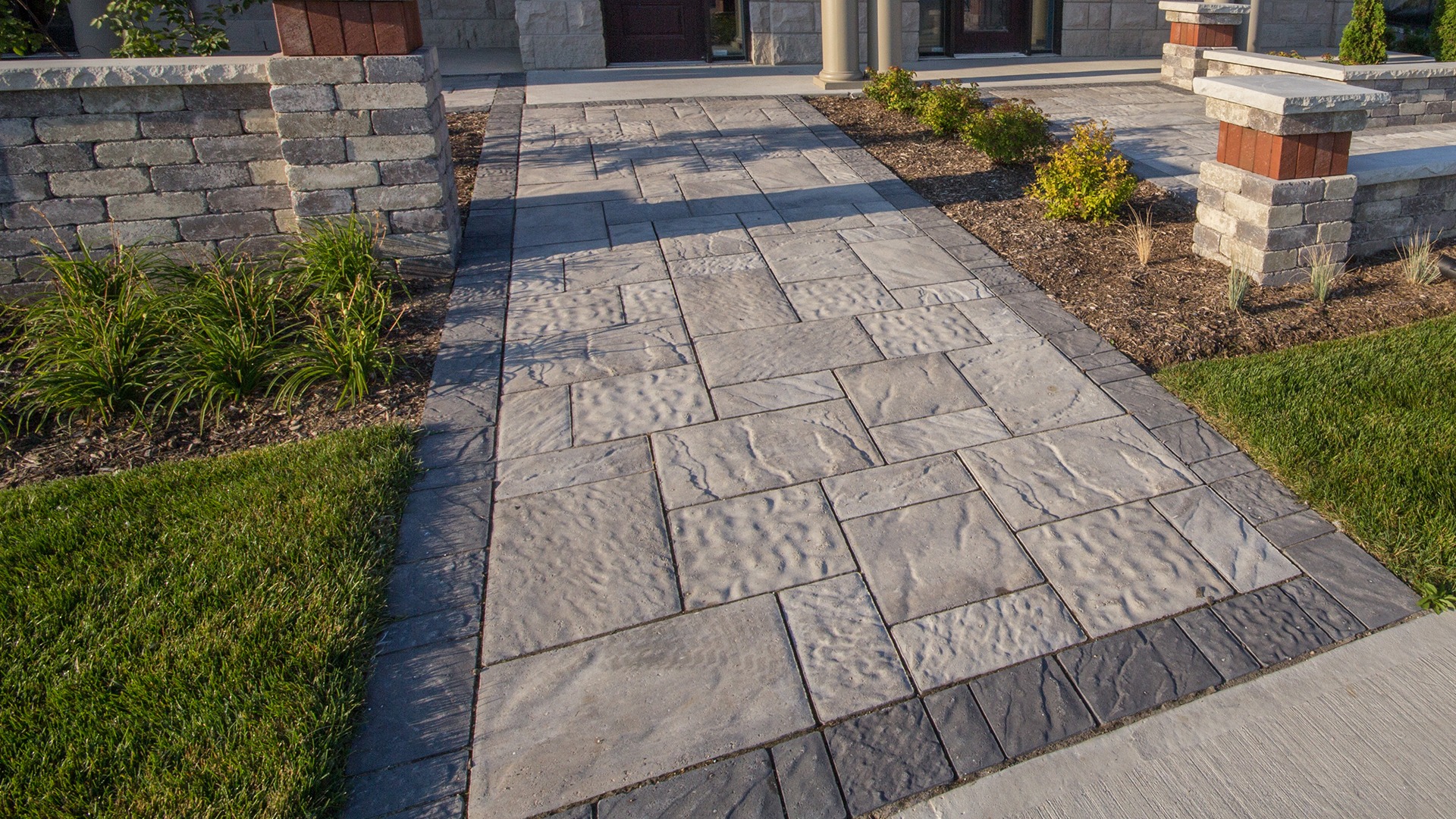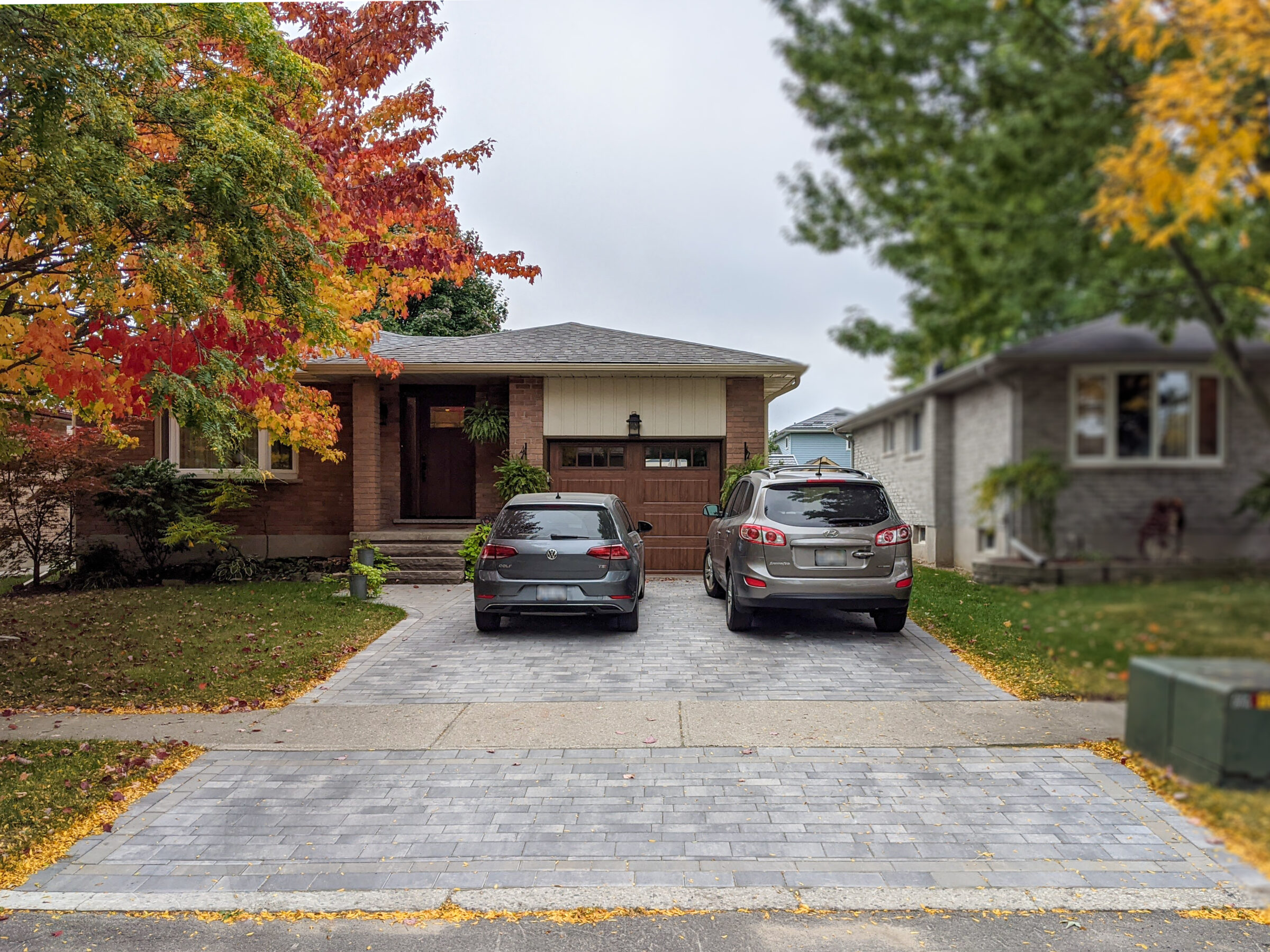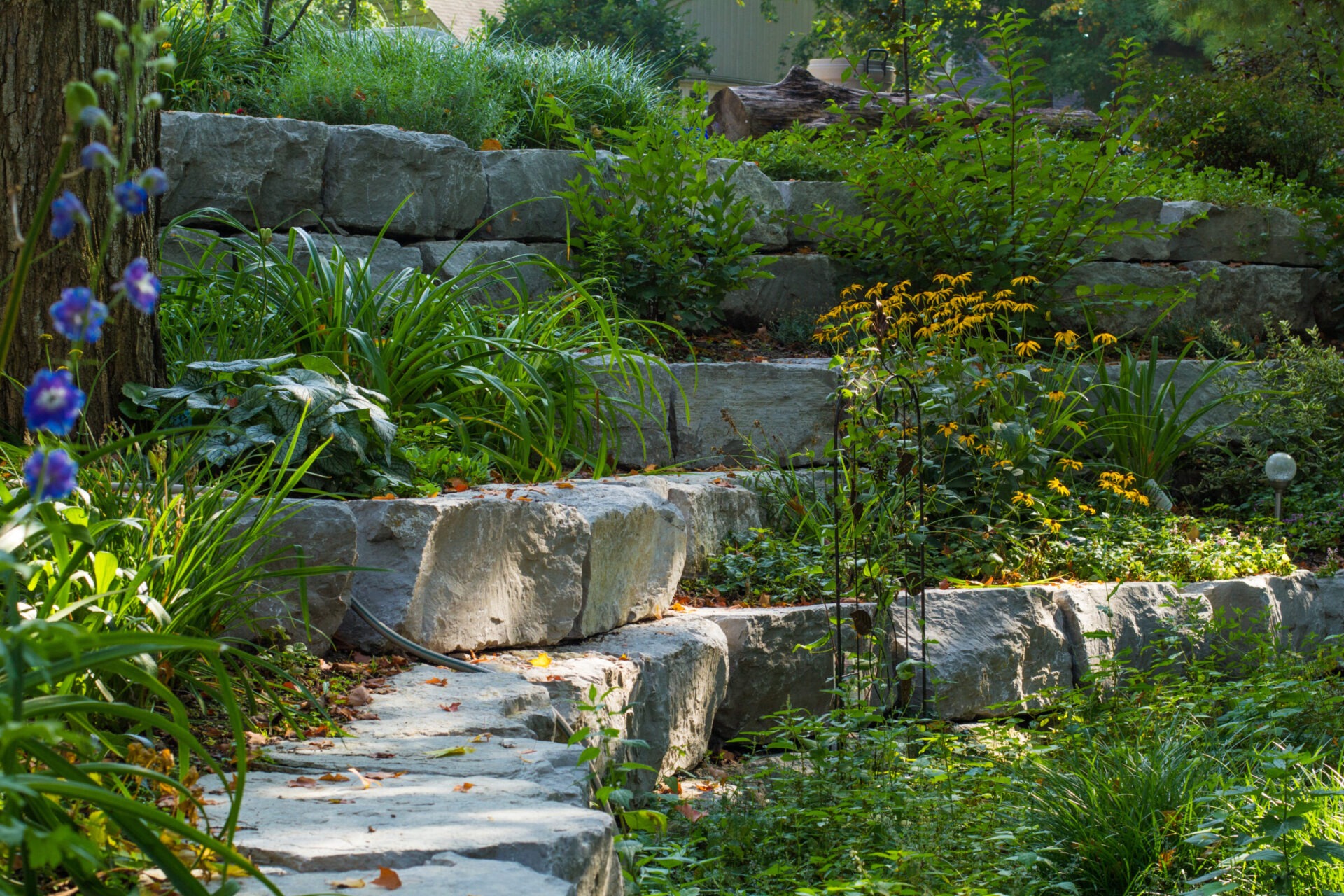Step-by-Step Guide to Designing Functional Walkways for Your Home in Waterloo

Walkway design in Waterloo is an exciting project that can greatly enhance your property’s curb appeal and usability. For new homeowners or those planning renovations in Waterloo, a functional walkway means more than just a path from point A to B – it ensures safe, easy access year-round and adds beauty to your landscape. However, Waterloo’s climate and unique soil conditions can make it challenging to choose the right design and materials. Don’t worry! This step-by-step guide will walk you through the process of planning and designing a durable, attractive walkway that suits your home and stands up to local conditions. By the end, you’ll know how to create a path that welcomes guests, complements your home’s style, and remains safe and sturdy through every season.
Step 1: Define Your Purpose & Evaluate Your Layout

Consider how your walkway will be used. Will it serve as the main path to your front entrance or as a secondary route around your home or through the garden? Primary walkways should be about 4 feet wide for comfortable navigation, while secondary paths might be narrower (around 3 feet). Ensure paths naturally direct visitors and family members, avoiding obstacles and unsafe areas.
Look at your property closely to plan the walkway’s route. Note slopes, drainage areas, and obstacles like trees or existing landscaping. Consider gently curving paths for visual appeal, but keep practicality in mind—direct paths work well for front entrances, whereas garden paths might benefit from scenic routes.
Step 2: Choose the Right Materials for Durability and Style

- Interlocking Pavers: These are a top choice for many Waterloo homeowners, and for good reason. Interlocking pavers are manufactured stones that come in a variety of shapes, sizes, and colours. They’re designed to fit together tightly like a puzzle, creating a flexible yet stable surface. Interlock pavers demonstrate remarkable durability, particularly in cold regions. Engineered to endure harsh Canadian winters, they possess the flexibility to shift with ground movement, preventing cracks and ensuring longevity. If the soil shifts or tree roots subtly push, individual pavers can adjust rather than the whole walkway breaking. They also offer design versatility: you can arrange pavers in intricate patterns (herringbone, basketweave, running bond, etc.) or simple straight lines, and you can mix and match colours to create borders or motifs. Pavers are a popular choice among homeowners seeking a sophisticated aesthetic, valued for their simpler repair process compared to concrete. Unlike a damaged concrete path that requires complete replacement, individual pavers can be easily switched out if stained or broken. Maintenance is relatively low – occasional sweeping and re-sanding of joints is usually enough to keep weeds at bay. And come winter, interlock walkways are easy to shovel and less prone to icy patches since water can drain through the sand-filled joints.
- Natural Stone (Flagstone or Stone Slabs): Nothing beats the timeless beauty of natural stone for a walkway. For an exquisite pathway that harmonizes with the outdoors, consider using flagstone, limestone slabs, or granite—materials that offer both beauty and natural integration. Stone comes in irregular flagstone pieces for a rustic look or in cut uniform slabs for a more formal design. In Waterloo, stone walkways are popular in gardens and front entries where a premium look is desired. Natural stone is very durable against weather – it won’t fade and can last for decades. However, it can be more expensive both in material and installation. The weight and irregular shapes often require professional installation to place and level each stone properly. Also, consider the surface finish: a cleft or textured surface is usually better than highly polished stone, as it provides grip in wet or icy conditions (safety first!). With a stone walkway, you may also need to think about the gaps between stones – often they are filled with pea gravel, polymeric sand, or plant groundcover. Wide joints can sometimes invite weed growth if not properly filled, so that’s a maintenance point to keep in mind.
- Brick Pavers: Classic clay brick pavers are another material seen in many walkways and historic homes. Bricks offer a warm, traditional look – think of the charming red brick paths in older neighbourhoods or gardens. They are generally smaller than concrete pavers and have a distinct look. Brick is durable in cold weather and has good compressive strength, but like concrete, it can crack or chip if the base is not solid. One advantage is that bricks often retain their colour (the colour is natural clay) and can develop a pleasant patina over time. They can be laid in interesting patterns such as herringbone or basketweave. Brick walkways do need good edging to keep the bricks from spreading apart over years of use. If you love a heritage aesthetic or your home has brick elements to tie in, bricks could be a lovely choice. They may require a bit more maintenance with sand joints and weeding if moss grows, but otherwise, a well-laid brick path can last for generations.
- Gravel or Stepping Stone Path: For secondary paths (like through gardens or to a shed), a less formal material like gravel or stepping stones can work nicely. A gravel path (using crushed gravel, peastone, or decorative aggregate) is affordable and easy to install. It provides excellent drainage (water just soaks through), which is a plus in rainy seasons. However, gravel can scatter and requires some upkeep to rake stones back in place; it’s not ideal for main entryways since walking in high heels or pushing strollers on gravel is challenging. It’s best for rustic or low-traffic areas. Using stepping stones is a hybrid approach: you place large flat stones (could be natural flagstone pieces or pre-cast concrete stepping stones) at comfortable walking intervals, and surround them with mulch, gravel, or groundcover plants. This creates a charming, natural-looking path. An example might be a side yard pathway connecting the front and back yards – instead of paving the whole thing, you lay down stepping stones through the grass or garden beds. Stepping stone paths are usually low-cost and DIY-friendly, but ensure each stone is level and secure so they don’t rock underfoot. Also, keep the spacing moderate (about a stride’s length apart) to make walking feel natural. These informal solutions might not add as much to curb appeal for a front entrance, but they have their place for utility paths or a quaint garden walk.
Step 3: Functional, Safe, and Weather-Resistant Design

Waterloo’s harsh winters and freeze-thaw cycles require careful drainage and solid base preparation. Your walkway should have a slight slope (1-2%) to ensure water runoff. A sturdy gravel base (4-6 inches deep) beneath your walkway helps manage water drainage and prevents shifting or cracking during seasonal changes.
Ensure your walkway is safe and accessible:
- Consistent step dimensions (6-7 inches in height)
- Clearly defined edges with landscaping or decorative borders
- Non-slip surfaces, textured materials
- Good lighting for visibility at night
Consider installing low-voltage or solar lighting to illuminate paths and enhance safety, particularly around steps or entryways.
Accessibility and Comfort
Design with accessibility in mind:
- Wider paths (4 feet) for easy wheelchair or stroller use
- Minimize steep slopes; include gradual ramps or steps with railings
- Choose smoother surface materials for main paths, such as interlock
This ensures the walkway is comfortable and usable for everyone, regardless of mobility.
Step 4: Regulations, Permits, & Looking Ahead

Before beginning construction, ensure you comply with local regulations:
- Contact Ontario One Call for utility locates before digging
- Verify if your project requires permits for steps, railings, or driveway connections
- Check with homeowner associations or municipal guidelines for landscaping or aesthetics
Helmutz Landscape & Interlock can manage these permit and compliance details to ensure your walkway meets all Waterloo standards.
Regular maintenance keeps your walkway safe and attractive:
- Sweep regularly to prevent slippery surfaces
- Replace joint sand between pavers as needed
- Clear snow promptly; use gentle de-icing products
- Inspect and fix minor issues annually
A little ongoing care extends your walkway’s lifespan and keeps your home inviting in every season.
Helmutz Landscape & Interlock: Your Local Walkway Experts
Creating a functional, attractive walkway is rewarding but can be complex. Helmutz Landscape & Interlock specializes in designing and building walkways tailored to Waterloo’s climate and your style. Our experienced team guides you from initial design through professional installation, ensuring quality results that last. Ready to start your walkway project?
Contact us today, and we can help you create a walkway you’ll enjoy for years to come.
Tags:
